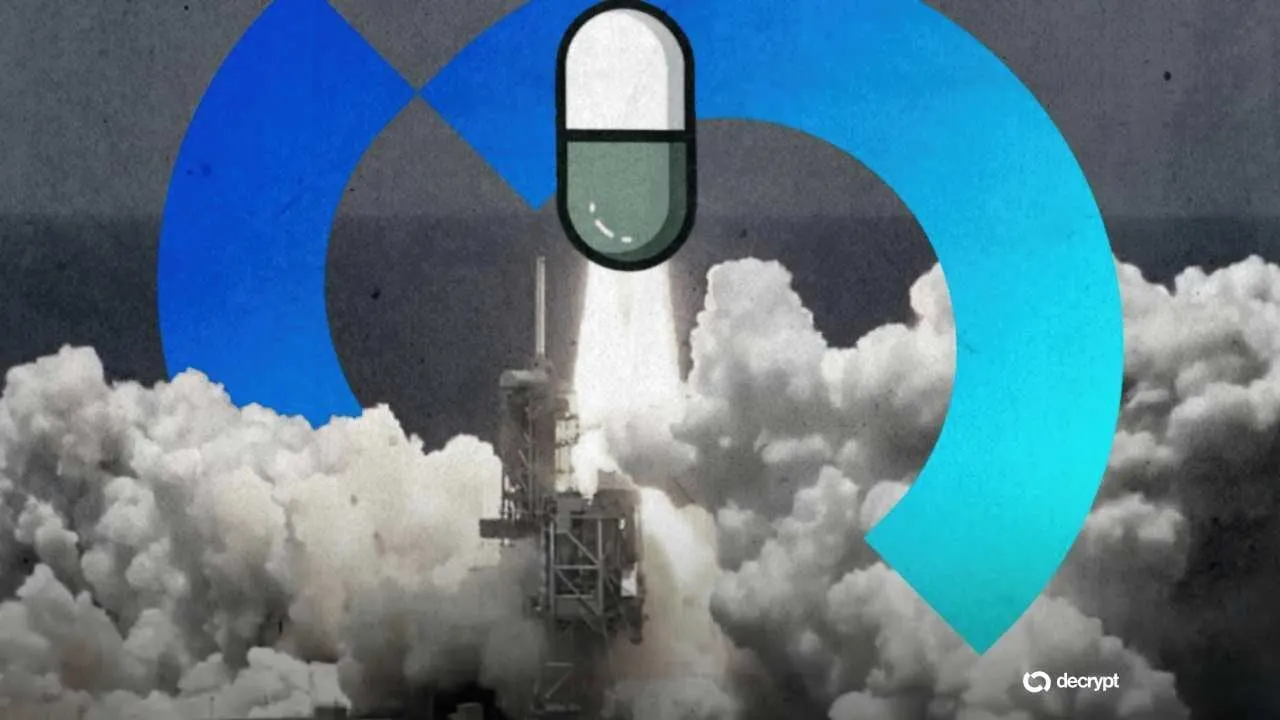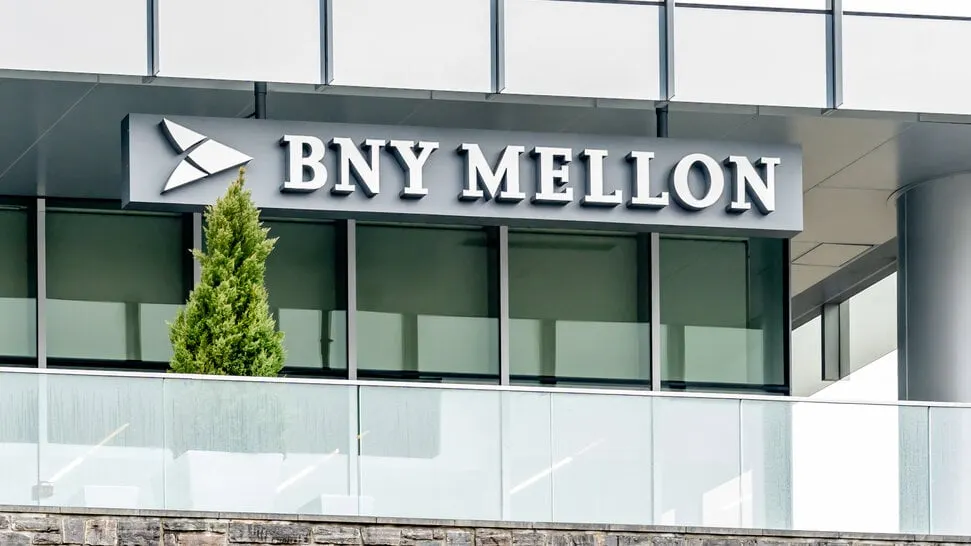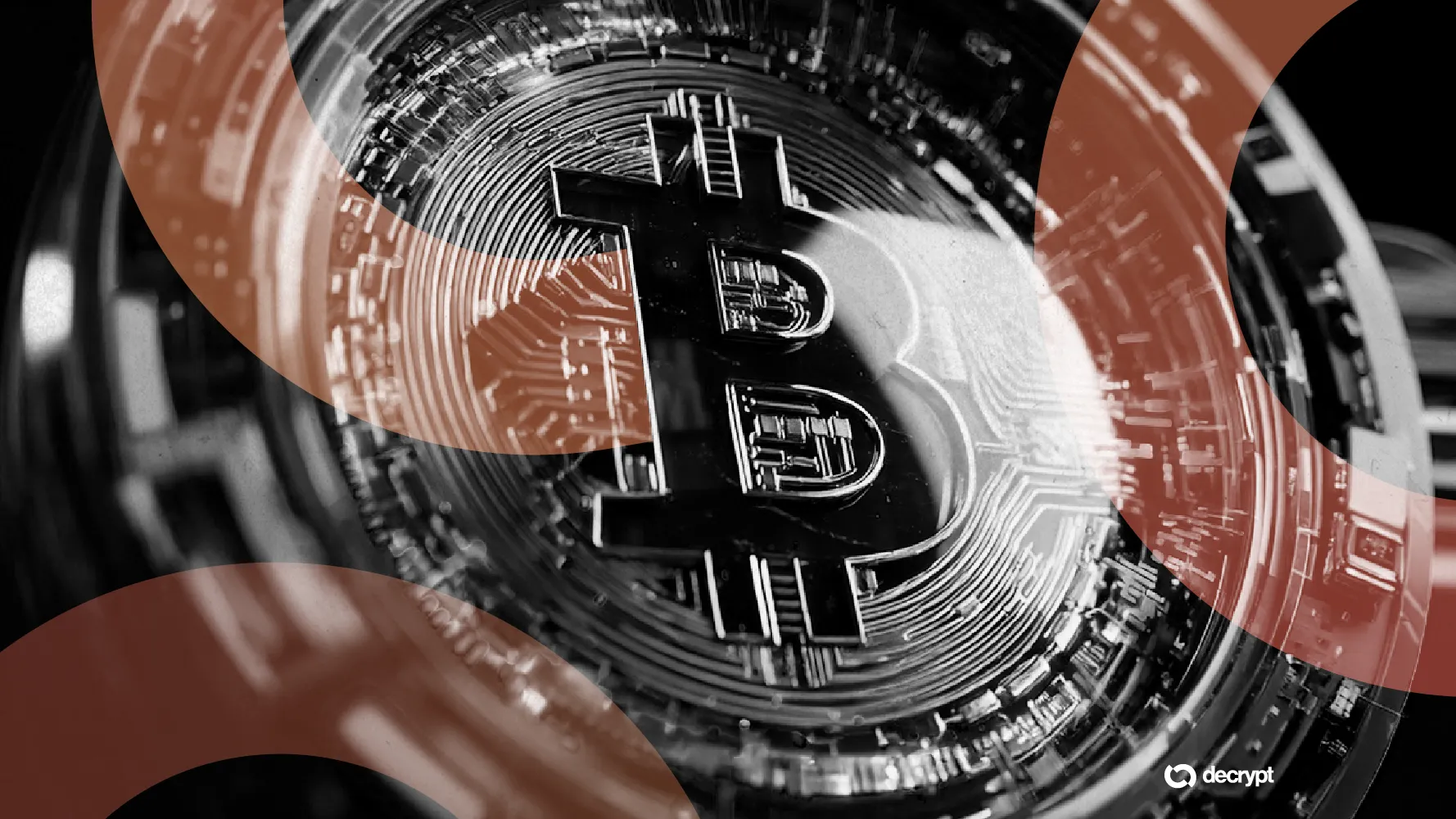“The Ethereum blockchain is almost full,” said Vitalik Buterin in an interview with Canadian newspaper The Star earlier last month. And it’s true: Ether’s network utilization reached highs of 97% in the past few months, according to tracker Etherscan.io.
Users of the growing network will soon run into a larger, existential issue: “state bloat”; when Ethereum hits full capacity, it’ll become so slow that it will become extremely difficult for anyone to build on the network. That’s because global state growth puts extra demand on hard drives storing the network, and slows down computations. “The more it’s used, the faster it dies,” tweeted Samson Mow, the chief security officer of Blockstream.
Part of the problem is that when users occupy a piece of “state” on the Ethereum network, they can keep that space for as long as they want, almost entirely for free. And larger companies are taking up all the space, leaving less room for other users to participate in blockchains. Tether, for instance, now accounts for around a quarter of all activity on the Ethereum network.
All this contributes to the ever-growing global state of Ethereum, which slows all nodes, raising node operating costs, leading to less decentralization. As a result, casual users and small developers would have to buy expensive computer parts to operate their own nodes or rely on trusted third-party services to validate transactions.
One popular solution is to raise the gasgas limit of each block, effectively increasing the size of the network. By making mining more profitable, Ethereum could attract more miners, which would keep the network fast. But this would make the network more expensive.
There’s another way to solve the problem: "state rent", a type of token economics model where users pay rent to store digital assets like smart contractssmart contracts and records on the blockchain. Vitalik Buterin first put forward the idea of “rent fees” in a proposed update to Etheruem in 2015, EIP103, whereby users would pay to store their data on the blockchain for a certain amount of time.
“State rent” gained some traction, but Ethereum developers are yet to implement the system into the network. In part, it’s because creating a system to manage rent is incredibly tricky. If one developer coughs up their monthly rent, but their project relies on a smart contract with someone who hasn’t paid the rent, what then?
A new blockchain project called Nervos, helmed by a crack team comprising of veteran software developers, and a former core researcher at Ethereum who worked with Vitalik Buterin on the Casper protocol, thinks it’s found the solution.
Nervos allows users to purchase "CKB tokens" in exchange for disk-space on the base layer protocol, or "Common Knowledge Base." As is typical with digital infrastructure, faster applications can then be built on this foundation, which Nervos thinks will become prime real estate—as the bottom layer fills up, the price of the CKB rises.
Nervos has already courted investors like Polychain, Sequoia Capital, and China Merchant Bank, who have invested $28 million in Nervos to date. Nervos’s public token sale will accept signups starting October 1 for an October 16 start, and the company plans to launch its mainnet by the end of the year.
Space traders
Buying Nervos’ native token, the “Common Knowledge Base” (CKB), gives you the right to store some data on the bottom, the permissionless layer of its two-tiered, open-source, Proof-of-WorkProof-of-Work blockchain.
One CKB represents one byte of space to use on the blockchain. You can use that space to store information like crypto-assets or smart contracts, or rent out your space.
It’s called the “Common Knowledge Base” because it’s the bottom layer of the blockchain—the “common knowledge” that’s the foundation for all of the transactions that happen on the top layer. On that top layer, also called Layer 2, it’s possible to build much faster side-chainsside-chains that use the slow but secure layer 1 protocol to settle transactions. Think of Layer 1 as the Earth, and Layer 2 as all the cities built on top of the Earth.
That makes space on the bottom layer prime real estate: As the bottom layer fills up, the price of the CKB rises. But on Nervos, renters get the CKB they’ve staked back once they’ve finished using the space on the blockchain’s bottom layer. That’s different from other state rent solutions, where your rent isn’t refundable. But why make renters stake all the tokens upfront: a costly endeavor, if the market grows?
Kevin Wang, co-founder of Nervos, told Decrypt that Nervos’ idea is a little like Jeonse, the way rent is paid on residential property in South Korea. Instead of paying rent monthly, new tenants deposit a lump sum to their landlord–around 50-80% of the market value of the property. The landlord then invests the money to generate profits, and the tenants live effectively rent-free for the duration of the term. When the tenants move out, the landlord returns the original amount invested.
Nervos is the same: Because renters get their money back when they’re done with the network, they’re staking the deposits, which are used to fund the network. And it’s not entirely free to hog all the space: Nervos’ system automatically inflates the price of the rent over time, a kind of property tax that stops people hoarding space on the network. If you’ve bought CKB tokens and you’re not using them to store data on the blockchain, you also can deposit your coin into an inflation shelter, called the Nervos DAO, and earn interest.
In other words, using space yourself eats up your opportunity to rent out your space to others or earn interest, so you better be damn sure that anything you’re putting on the blockchain is worth anything. And Wang said there’s another benefit: “If the space becomes incredibly expensive, the CKB will have become incredibly secure and it will attract the most valuable assets, and less valuable assets tend to exit the main blockchain and move to layer 2 or side-chains,” he said.
But a free market isn’t always efficient, and there will be actors who will look to exploit this new system, Wang concedes. "It’s important to note that we’re still on the cusp of the decentralizeddecentralized revolution, so it’s only natural that inefficiencies exist. But as blockchain technology matures, there will be a shift in focus from short-term arbitrage opportunities to long-term, value-driven investing, which will push out some of the ‘dumb money.”
And wouldn’t the system just encourage loan sharks to gobble up the network early on, and then hike up the rental fees to cash-poor investors, just like every other real estate market in the world? “There will always be those like loan sharks looking to exploit opportunities for profit, but they still play a necessary role in any healthy ecosystem. A truly permissionless blockchain is self-governed and driven by a free market, so there is a natural limit to how much these players can exploit," said Wang.
Only time will tell if Nervos will be corrupted, or the free market will cancel out bad players. But by that time, Tether might have collapsed in on itself, freeing up the Ethereum ecosystem for some time to come.




